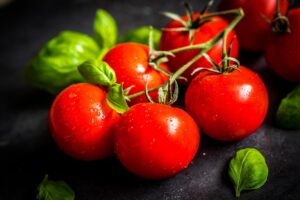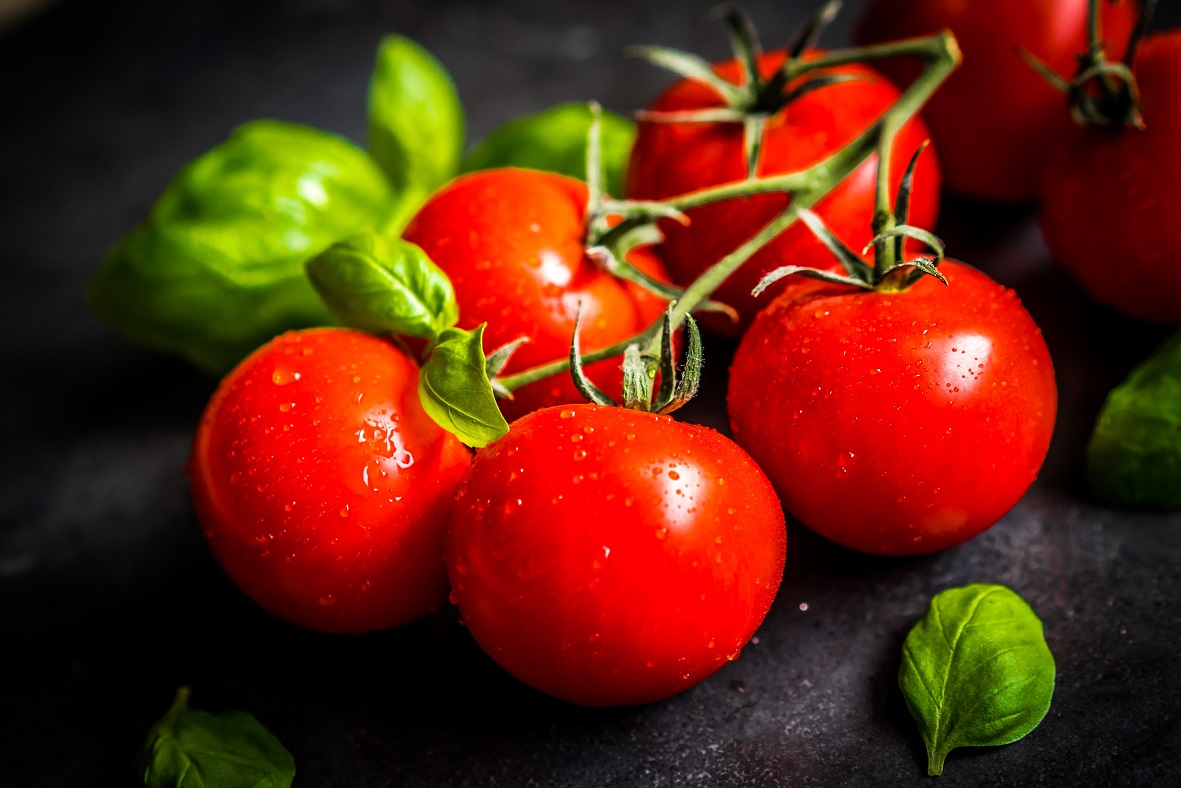It’s very disheartening to pick a lovely ripe tomato in your greenhouse and discover the bottom is all hard, black and sunken. That’s Blossom-end rot. It can also affect melons, squash, peppers, and aubergines. It’s not an infectious disease but a physiological disorder caused by lack of calcium in the plant. Calcium is needed to build the cell walls of the growing tomatoes, but if there’s not enough coming in from the soil the cells will be too weak and burst with the pressure of water coming up from below.
Tomato plants can’t always get enough calcium, especially when growing fast. Soils low in lime may not supply calcium as fast as the plant needs it. Roots cannot absorb enough calcium from cold or dry soil, even if it’s there. Letting soil get too dry and then watering heavily will cause a rush of water up the plant and burst the weakest cells – the ones farthest from the supply of calcium.
Add lime to the soil if a test-kit shows it’s needed. Dig in compost or other organic matter to borders to hold more water in the soil. Don’t plant crops into cold soil or grow-bags. Don’t use too much high-nitrate fertiliser such as chicken manure: it encourages soft rapid growth more prone to this problem. Fertilisers lower in nitrogen and higher in phosphate (which encourages root growth) and potash (which encourages stronger, harder growth and fruit ripening) such as ‘Tomato feed’ are best. Water well and regularly, before the soil gets too dry. Mulch the plants with compost to keep the soil moist. Avoid damaging any roots by cultivating near plants.
So the problem is easily cured. And although the affected fruit look unappetising, you can cut out the bad bits and use the rest for cooking.






